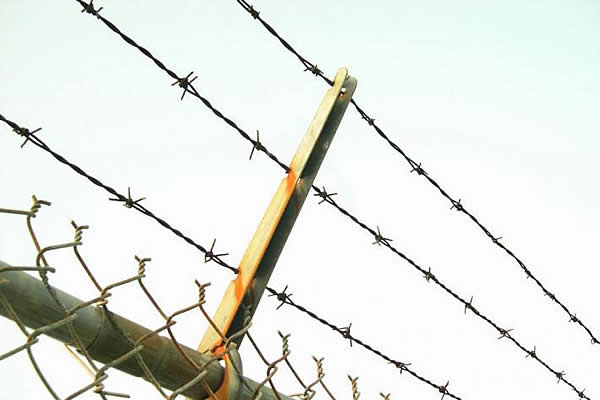 TEL:
+86-13102802206
TEL:
+86-13102802206
 Email:
fencenetting@china.com
Email:
fencenetting@china.com
 Language
Language
 TEL:
+86-13102802206
TEL:
+86-13102802206
 Email:
fencenetting@china.com
Email:
fencenetting@china.com
 Language
Language


The Dynamics of Iron Binding Wire Prices Trends and Influences
Iron binding wire, a crucial material in construction, agriculture, and manufacturing, serves a variety of purposes ranging from binding bales of hay to reinforcing concrete structures. The price of iron binding wire is influenced by a multitude of factors, including raw material costs, supply chain dynamics, global demand, and market trends. Understanding these price dynamics can help businesses and consumers make informed decisions when purchasing iron binding wire.
The Role of Raw Materials
The primary component of iron binding wire is iron itself, which is primarily derived from iron ore. The prices of iron ore are subject to fluctuations based on global supply and demand, mining policies, and geopolitical factors. When iron ore prices rise, it often translates into higher production costs for manufacturers, consequently impacting the price of iron binding wire. For instance, recent trends have shown that as demand for steel increases in emerging markets, the price of iron ore surges, leading to a subsequent increase in the price of iron binding wire.
Additionally, the prices of other materials required in the production process, such as zinc for galvanization and various alloys for enhancing durability, contribute to overall costs. Any disruption in the supply of these materials, whether through natural disasters, trade restrictions, or production halts, can create spikes in the price of iron binding wire.
Supply Chain Dynamics
The supply chain for iron binding wire is complex and involves various stages from raw material extraction to the final product being delivered to consumers. Disruptions at any stage can lead to notable price fluctuations. For example, issues such as transportation delays, labor strikes, or increased shipping costs can hinder the timely delivery of iron binding wire, creating a tight supply that drives prices up.
Moreover, pandemic-related disruptions have demonstrated how fragile supply chains can be. The COVID-19 pandemic caused significant interruptions in global logistics, affecting the availability of essential materials and consequently elevating costs. Even as economies recover, the aftermath of these disruptions continues to influence market prices.

Global Demand and Market Trends
The global demand for iron binding wire is closely linked to construction and manufacturing activities. Regions experiencing rapid urbanization, such as Asia and Africa, often report robust growth in demand for construction materials. Consequently, as infrastructure projects multiply, the need for binding wire increases, pushing prices higher.
Furthermore, market trends can shift based on technological advancements or changes in industry standards. For instance, the growing emphasis on sustainability and eco-friendly materials has led some manufacturers to explore alternative binding solutions, potentially influencing the demand for traditional iron binding wire. Nonetheless, as of now, iron binding wire remains a staple in many industries, ensuring that demand continues to be a driving force behind its pricing.
Competition and Price Setting
The iron binding wire market is also characterized by significant competition among manufacturers. Pricing strategies may vary, with some companies opting for cost leadership while others focus on producing high-quality, specialized products. As a result, consumers might find a range of prices for similar products in the marketplace.
Pricing decisions can also be influenced by external factors such as tariffs and international trade policies. For example, if a government imposes tariffs on imported steel products, it can lead to increased prices domestically, affecting the cost of locally produced iron binding wire as well.
Conclusion
In summary, the price of iron binding wire is shaped by an intricate interplay of raw material costs, supply chain dynamics, global demand, and competitive market forces. For businesses and consumers looking to purchase iron binding wire, staying informed about these factors is essential. By understanding the underlying trends and conditions influencing prices, stakeholders can make educated decisions that align with their needs and budgets. As industries evolve and new challenges arise, the pricing landscape for iron binding wire will undoubtedly continue to adapt, underscoring the importance of vigilance in this dynamic market.